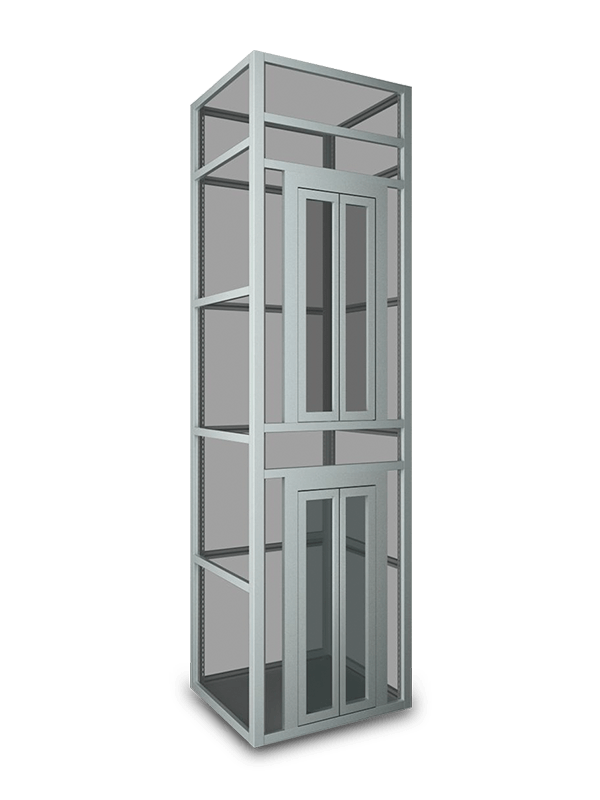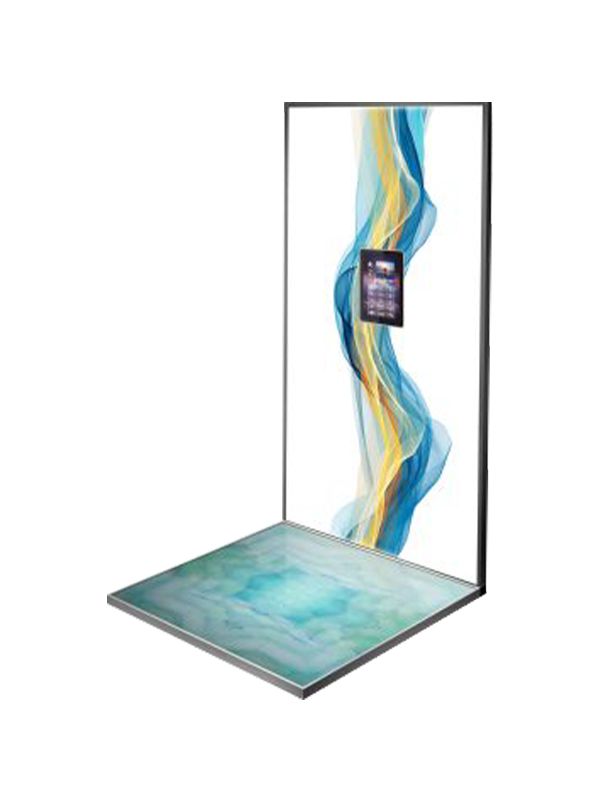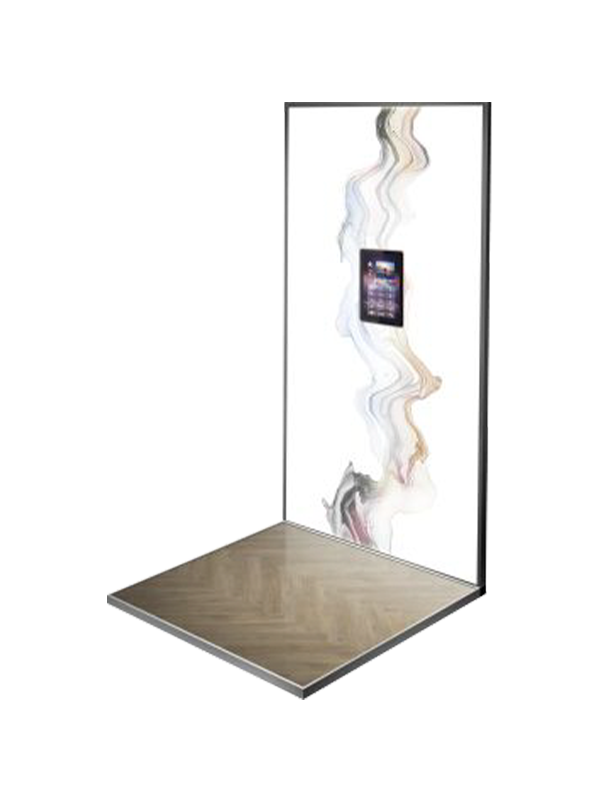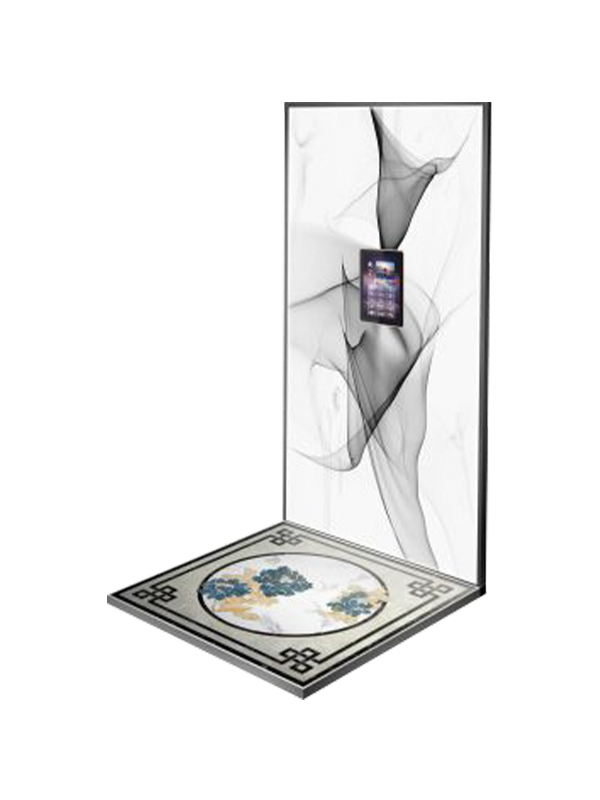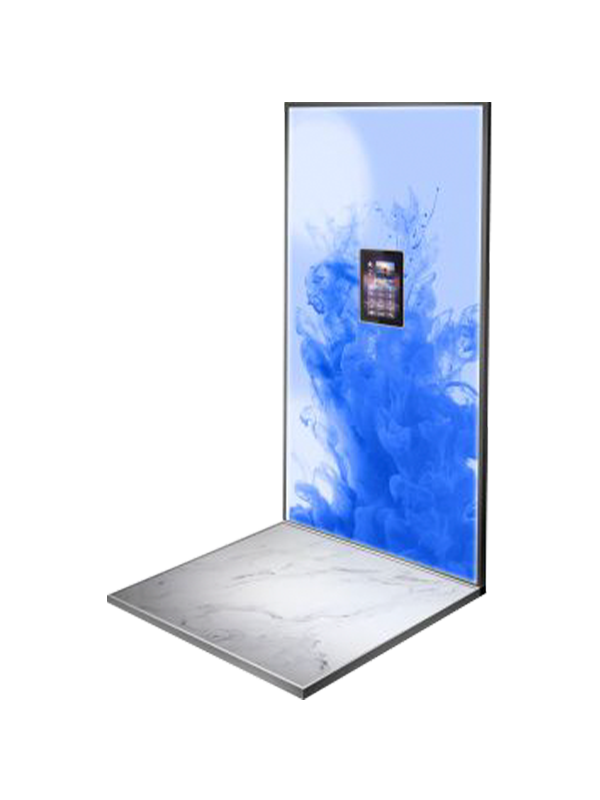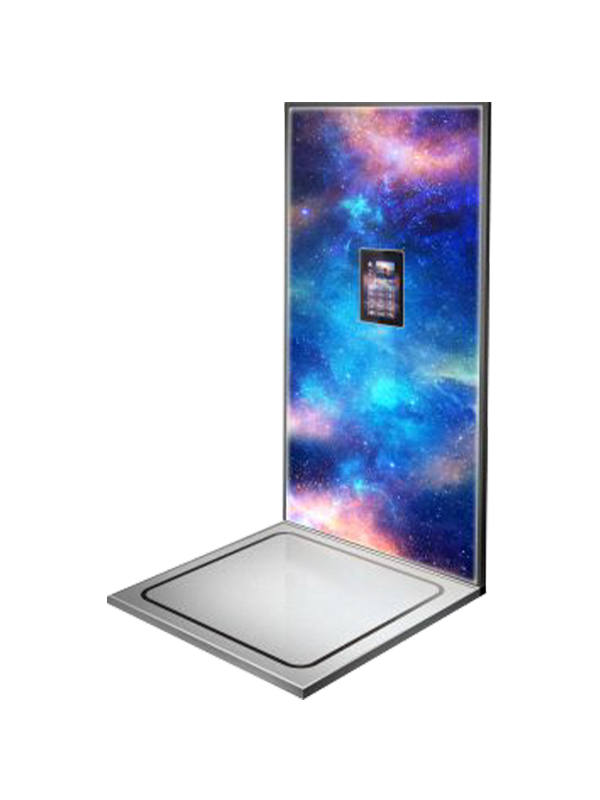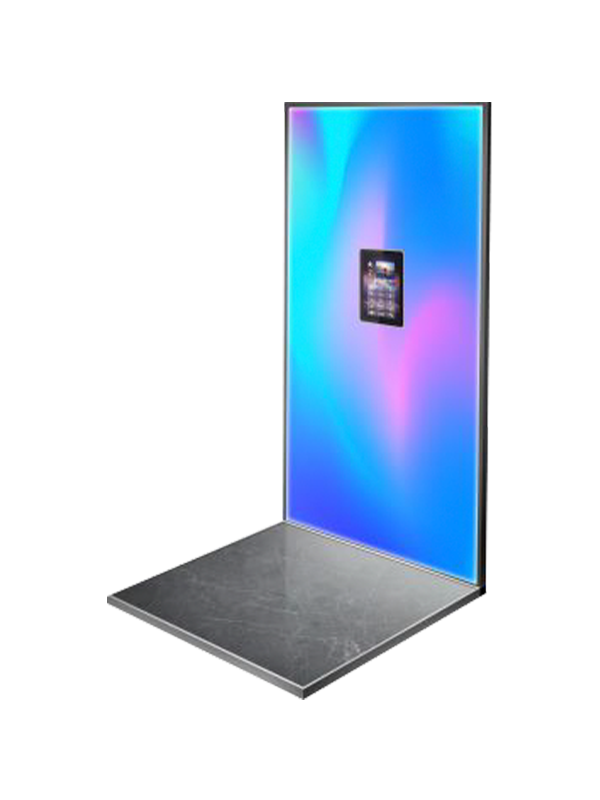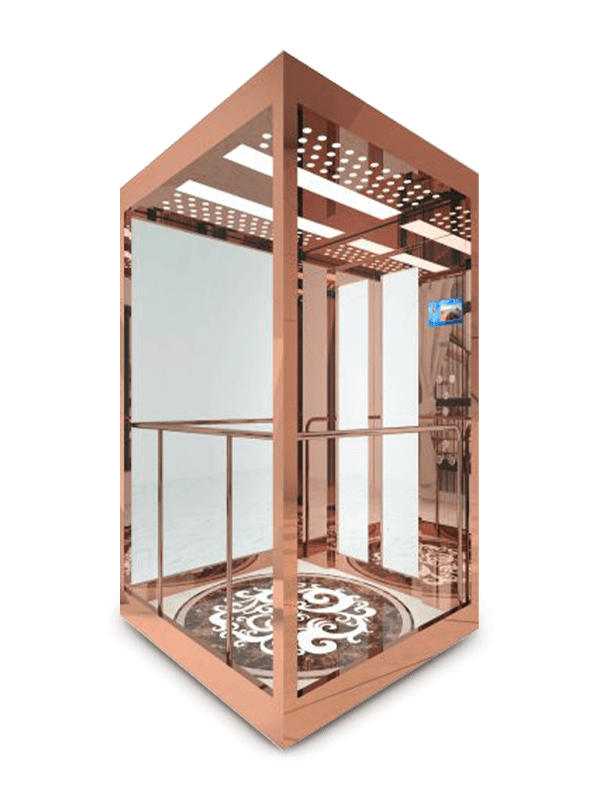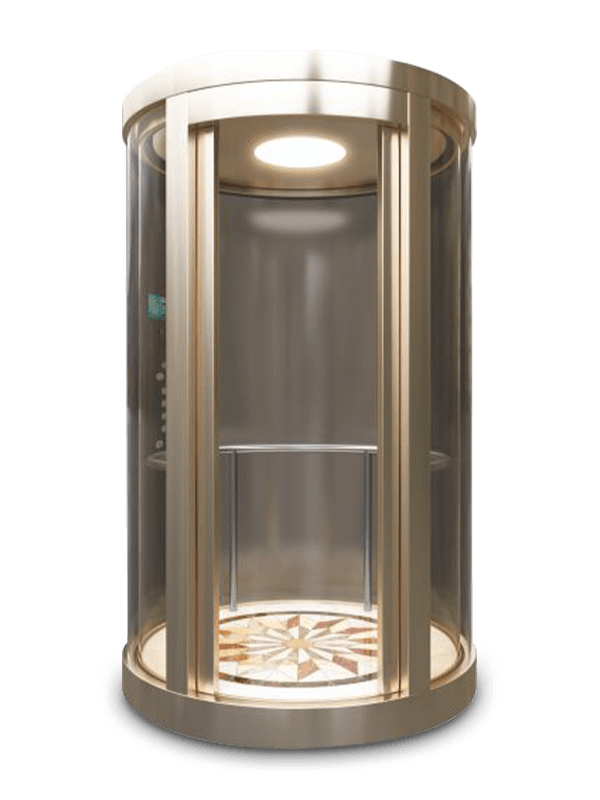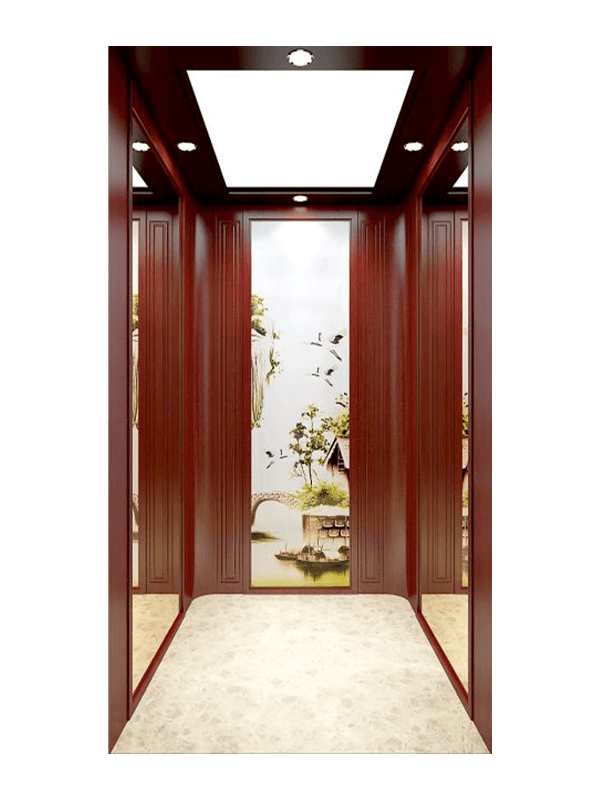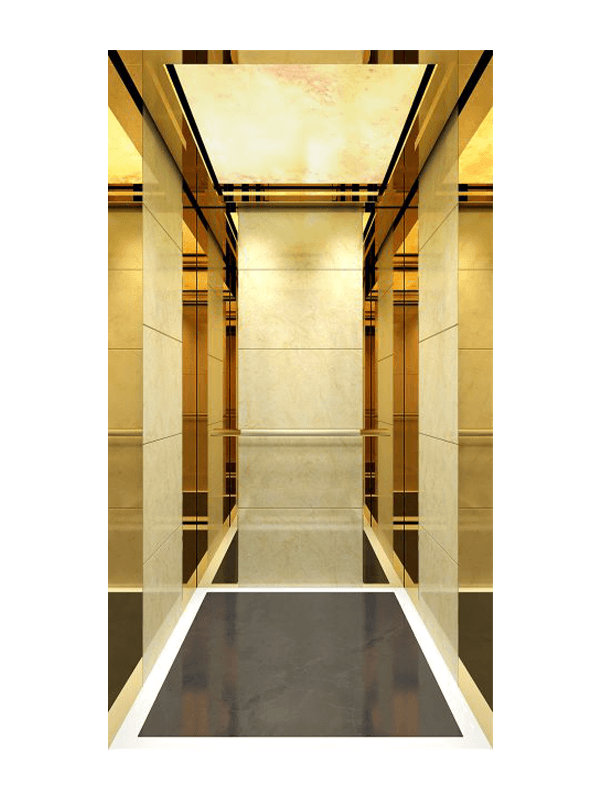Household elevator control the opening and closing of elevator doors using a combination of mechanical and electrical components. The operation of the elevator door is typically managed by an elevator control system that ensures safe and synchronized door movements. Here's a simplified explanation of how a household elevator controls the elevator door switch:
Elevator Control System: The elevator control system is the "brain" of the elevator, responsible for coordinating all aspects of the elevator's operation, including the doors. It receives input from various sensors and user commands to determine when to open or close the doors.
Door Motor or Operator: The elevator doors are equipped with an electric door motor or operator. This motor controls the movement of the doors, allowing them to slide open and closed. The motor receives signals from the elevator control system to initiate door movement.
Door Panels: The elevator doors consist of two panels: the outer door and the inner door. These panels slide horizontally to open and close the elevator entrance. When fully closed, they form a secure barrier.
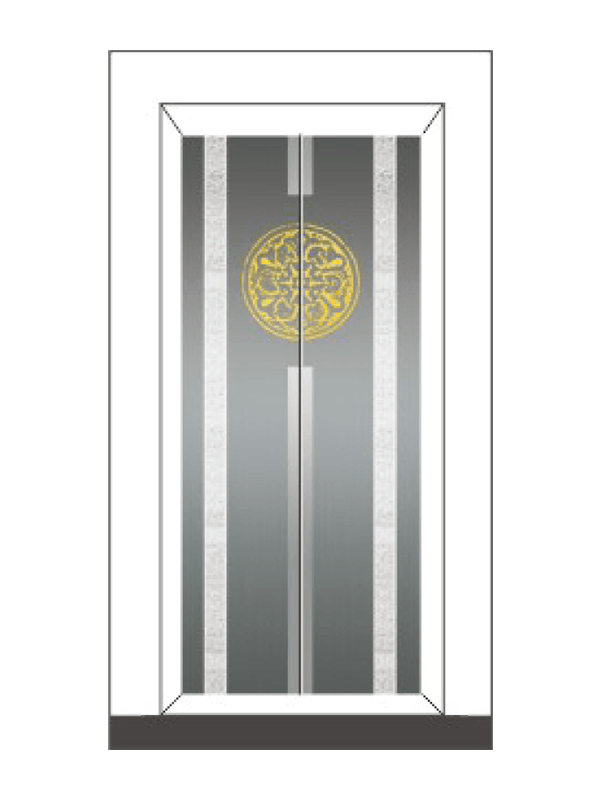

Safety Sensors: Safety sensors are installed around the door frame to detect objects or obstructions in the doorway. These sensors ensure that the doors do not close if there is an obstruction, preventing accidents and injuries.
Position Sensors: Position sensors are used to monitor the current position of the elevator doors. They provide feedback to the control system, indicating whether the doors are fully open, fully closed, or in transit. This information helps the control system coordinate door movements.
User Inputs: Passengers inside the elevator can initiate door movements by pressing buttons inside the elevator car. There are typically buttons labeled "Open" and "Close" that allow passengers to request the doors to open or close at their command.
Here's a simplified sequence of events for how the elevator control system manages door movements:
When a passenger presses the "Open" button inside the elevator car or a call button on a floor, the elevator control system receives the command.
The control system checks the status of the doors and, if it's safe to do so, sends a signal to the door motor or operator to open the doors.
The door motor or operator activates, causing the doors to slide open.
While the doors are in motion, position sensors continually monitor their status and provide feedback to the control system.
When the doors are fully open, the control system receives this feedback and stops the door motor.
Passengers can then enter or exit the elevator.
When it's time to close the doors, either due to a passenger's request or based on a pre-programmed schedule, the control system sends a signal to the door motor to close the doors.
The doors slide closed, and the position sensors again monitor the door's status.
When the doors are fully closed, the control system receives this feedback and stops the door motor, ensuring they remain closed during the elevator's operation.
The safety sensors continue to monitor the doorway for any obstructions during operation, preventing the doors from closing if an obstruction is detected.
This simplified explanation provides an overview of how household elevators control the elevator door switch, but the actual system can be more complex and may include additional safety features and redundancy to ensure passenger safety. The control system plays a crucial role in coordinating the safe and synchronized operation of the elevator doors.







 English
English عربى
عربى Deutsch
Deutsch Español
Español Français
Français русский
русский 日本語
日本語 简体中文
简体中文
